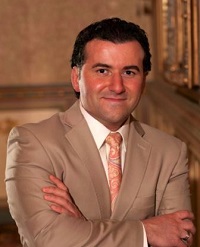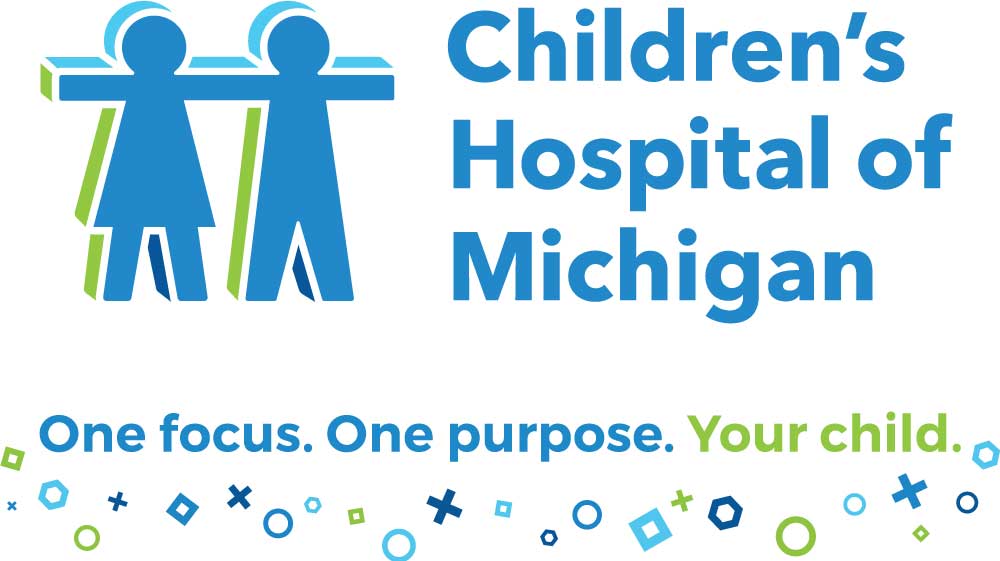Is Your Child Twisted?
Nov 18, 2019 If your child has a curved spine, rest assured he or she is not alone. Spinal deformities in kids are commonly managed in the Department of Orthopedics at Children’s Hospital of Michigan, part of the Detroit Medical Center. The most common spine deformities are scoliosis (curved spine) and kyphosis (hunch-back). Scoliosis is a curvature of spine, often shaped like an S or C. Scoliosis can also be a disease of the young. Contrary to myths that exist, it is not exclusive to the aged and arthritic spine of the elderly. This condition is most evident in the time period when children experience rapid growth around puberty. It is also more common in girls than boys.
If your child has a curved spine, rest assured he or she is not alone. Spinal deformities in kids are commonly managed in the Department of Orthopedics at Children’s Hospital of Michigan, part of the Detroit Medical Center. The most common spine deformities are scoliosis (curved spine) and kyphosis (hunch-back). Scoliosis is a curvature of spine, often shaped like an S or C. Scoliosis can also be a disease of the young. Contrary to myths that exist, it is not exclusive to the aged and arthritic spine of the elderly. This condition is most evident in the time period when children experience rapid growth around puberty. It is also more common in girls than boys.
The growing child who has been diagnosed with scoliosis or kyphosis can have a deformity that may get worse throughout life, resulting in cosmetic issues, functional issues affecting the spine, lungs, or other organs and possibly painful and serious curvatures.
Spondylolisthesis is another deformity of the spine typically caused by a developmental defect of the arch of the vertebrae. It can also be caused by an injury or repetitive trauma.
Ahmed Bazzi, D.O., pediatric orthopedic surgeon at the Children’s Hospital of Michigan says parents should seek an evaluation with a specialist if their child has symptoms listed below.
Signs and symptoms of pediatric scoliosis and kyphosis
• Uneven musculature on one side of the spine
• Uneven hips, shoulders, or legs
• Difference in the chest, ribs or breast area
• Abnormal or uneven sensation, strength, or reflexes
Signs and symptoms of spondylolisthesis
- Low back pain
- Muscle spasms
- Thigh or leg pain
- Weakness
The Children’s Hospital of Michigan offers comprehensive treatment options for kids and young adults with spinal deformities.
“Treatment goals for spinal deformity should aim to stop progression, normalize spinal function and minimize pain,” says Dr. Bazzi. “This may include one of the 3 O’s: Observation, Orthosis, or Operative.”
Treatment can include non-surgical and surgical methods to prevent long term problems. Non-surgical options include spinal bracing and Mehta (body) casting which can prevent or delay surgery.
“The earlier we can detect it at a smaller curve size, the easier it is to manage and control in avoiding surgery,” adds Dr. Bazzi.”
For those requiring surgery, options include growth-friendly instrumentation such as MAGEC (MAGnetic Expansion Control), magnetically lengthening growing rods for younger children to avoid repeated surgeries. This is designed to correct the curvature and stop the progression so that get kids can get back to their normal activities.
“We prefer to have our spinal fusion patients up and walking by day one after surgery and return to them to competitive sports in about six months,” says Dr. Bazzi.

